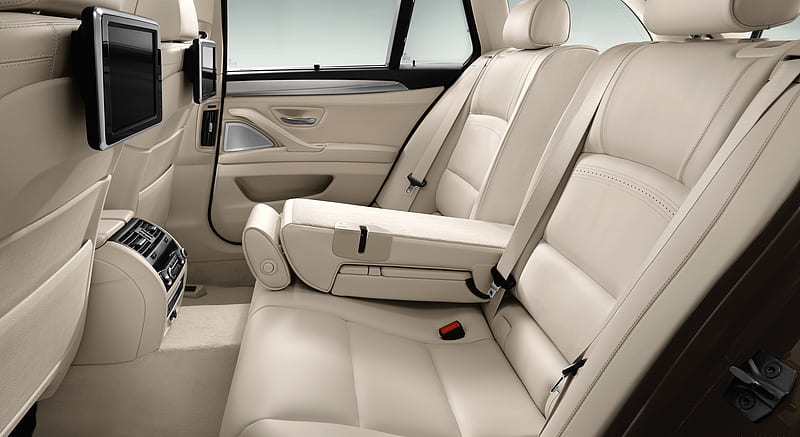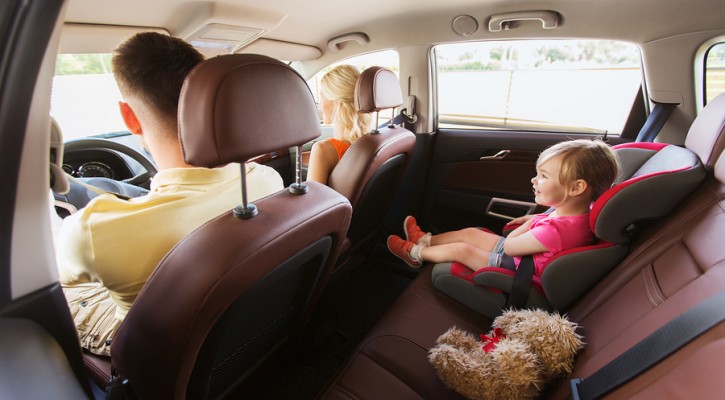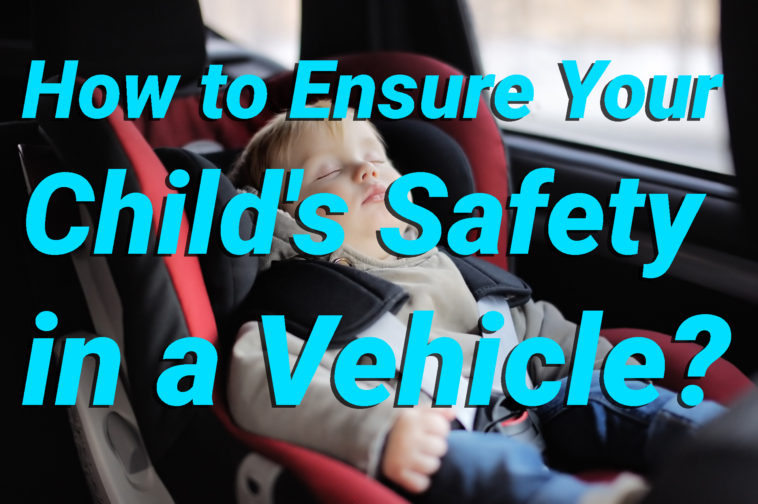Having a kid, by the nature of things, makes your priorities naturally rearrange. Of all places, the vehicle is where safety is critical for our children. Visit our guidelines for keeping your child safe in traffic and on the road, even when you are not watching.
Car Seats

It is hard to understand that car seats were not required by law in all of the 50 states until 1986. Despite the fact that almost 250.000 children annually fall victim to car accidents, there is still lack of concerted regulations between states on vehicle safety requirements.
Every state, county, province, and country may have its own regulations, but it is now advised that children from birth to approximately 10 to 12 years of age use either top quality car seats or booster seats, with the upper age limit based more on height and weight than a set age requirement.
Keep Children in the Back Seat

Riding in the front seat seems a right of passage for most children, especially since it tends to coincide with becoming a teenager. The American Academy of Pediatrics endorses keeping children secure and fastened in the back seat while driving until 13 years of age. However, as with a car seat or booster, your child’s age is less relevant in this circumstance than their height and weight. If your child is smaller, opt for keeping them in the back seat, since car manufacturers typically design airbags for those over five feet and 150 pounds.
Eating and Drinking

Babies and children can easily choke, and you may not notice, even if they are within your sight in the rear-view mirror. Imagine what would come next if you did see your child struggling to breathe: likely you would panic and stop the car abruptly, which could also lead to a further accident. If you do need to offer your child snacks while you’re driving, then opt for yogurt drinks or other treats with a limited likelihood of choking.
Safe Sleeping

Even if a car ride is very short, kids tend to fall asleep. Do not allow your child’s chest clip to be left open, the harness to be loose, or the straps to be twisted in the car. The best idea is to keep an ambient temperature in the car so that the child does not use blankets and coverings that might obstruct breathing. Make sure that their head is in either of the two positions tilted back or to the side, but never chin on chest.
Use Child Locks

Even if your child is securely locked in their car seat and unable to reach the door handles, it is still worthwhile always engaging the child locks. Accidents can quickly happen if a toddler escapes from the back seat in a stationary vehicle while loading groceries in a busy car park.
Teaching children about vehicle safety is best started as early as possible. Holding hands in busy car parks, looking both ways when crossing the road, and never unbuckling a seat belt or car seat in a moving car are all lessons that could one day save a life.



